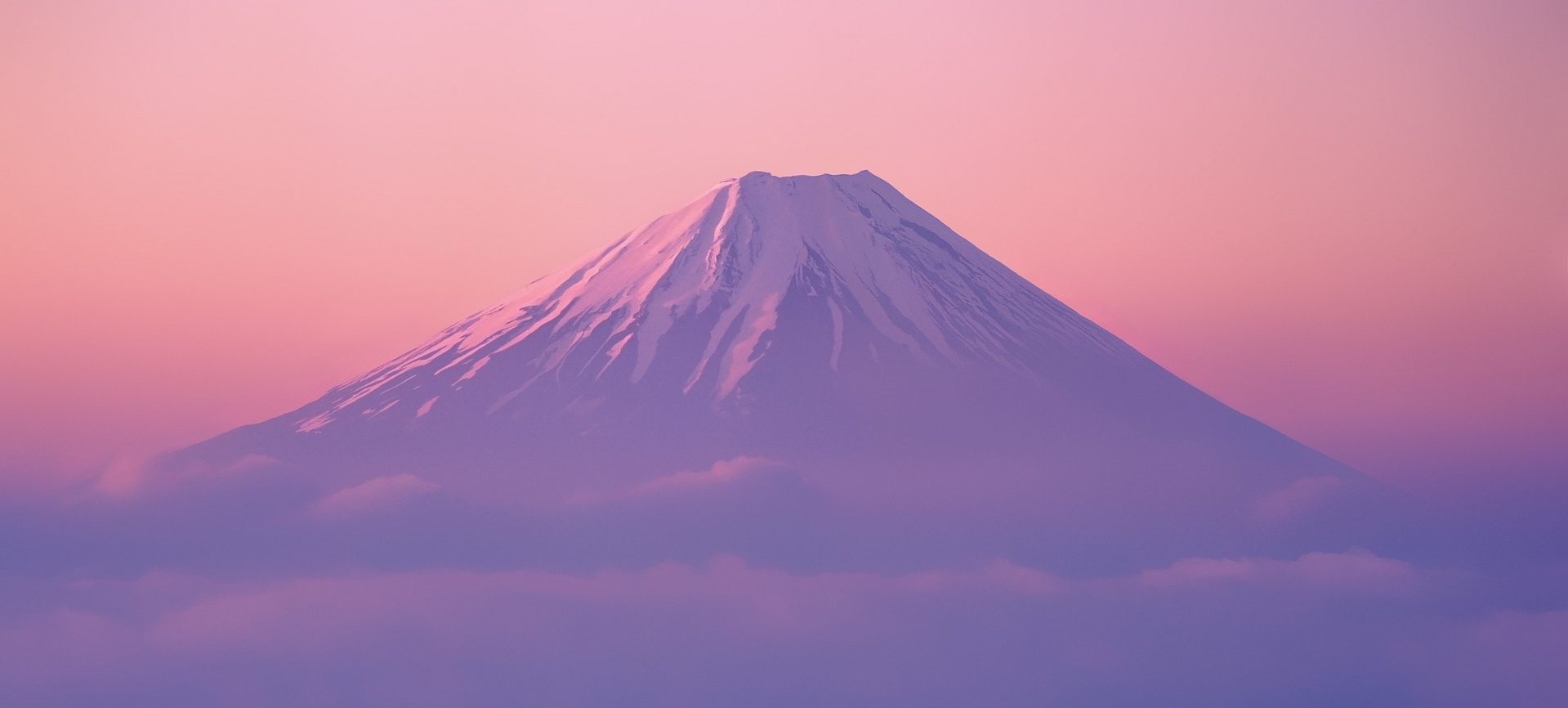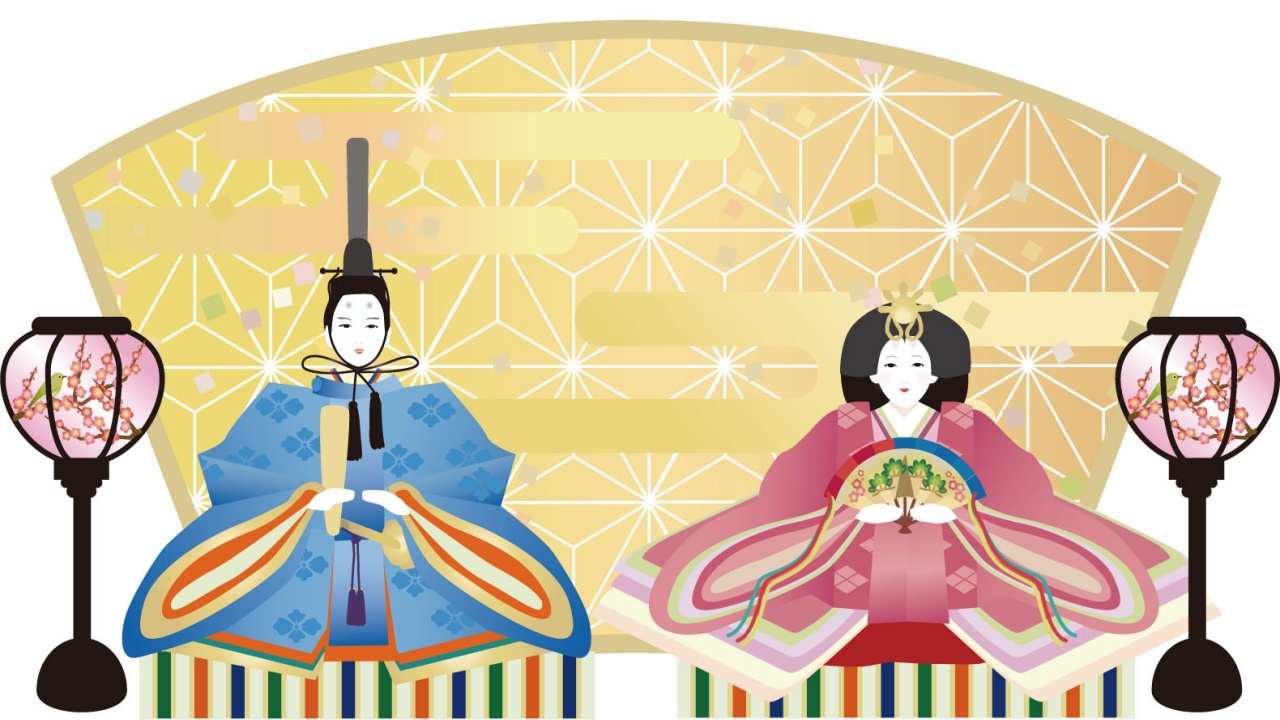節/Setsu
農学から発生した循環する暦
「五節句」は、公的な区切りとして利用されていた。
節句はもともと「節供」と書き、ハレの日=特別な日にご馳走(ちそう)を作り、神さまにお供えすること・その日を意味します。その後、お供え物を神さまと一緒にいただくことで、お力(恩恵)を授かりたいという願いが込められています。
| 日にち | 節句 | せっく | Sekku | 節句別名 |
| 1月7日 | 人日 | じんじつ | Jinjitsu | 七草(ななくさ/Nanakusa) |
| 3月3日 | 上巳 | じょうし | Jyoushi | 桃(もも/Momo) |
| 5月5日 | 端午 | たんご | Tango | 菖蒲(しょうぶ/Syoubu) |
| 7月7日 | 七夕 | しちせき | Shichiseki | 笹竹(ささたけ/Sasatake) |
| 9月9日 | 重陽 | ちょうよう | Cyouyou | 菊(きく/Kiku) |

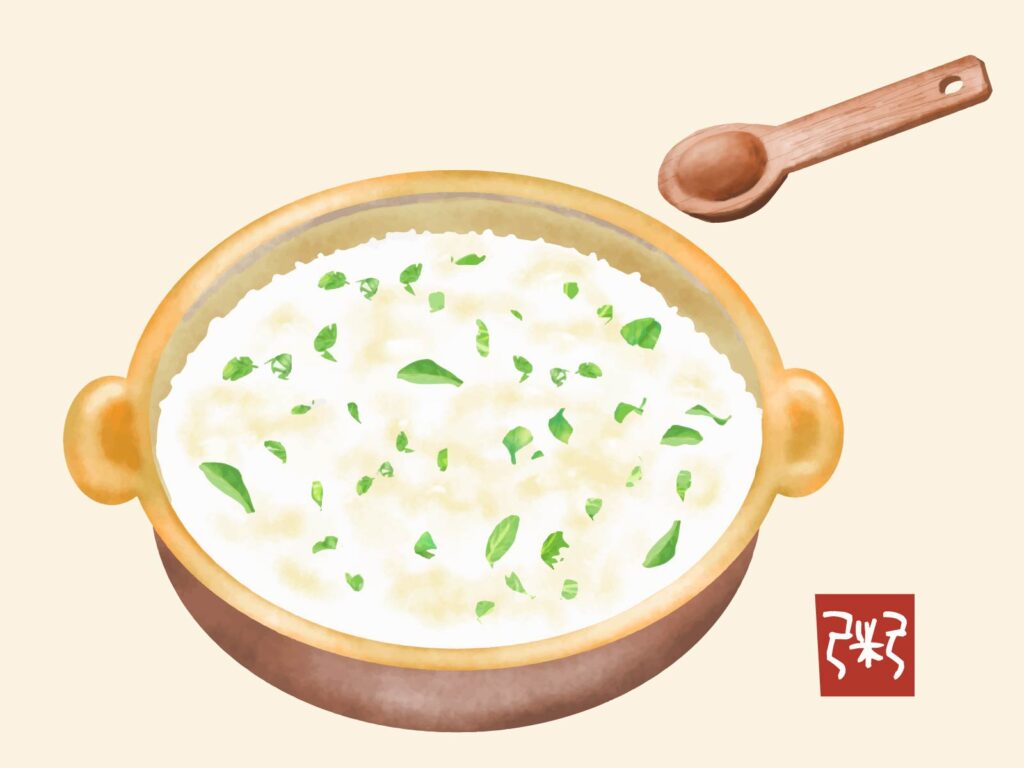
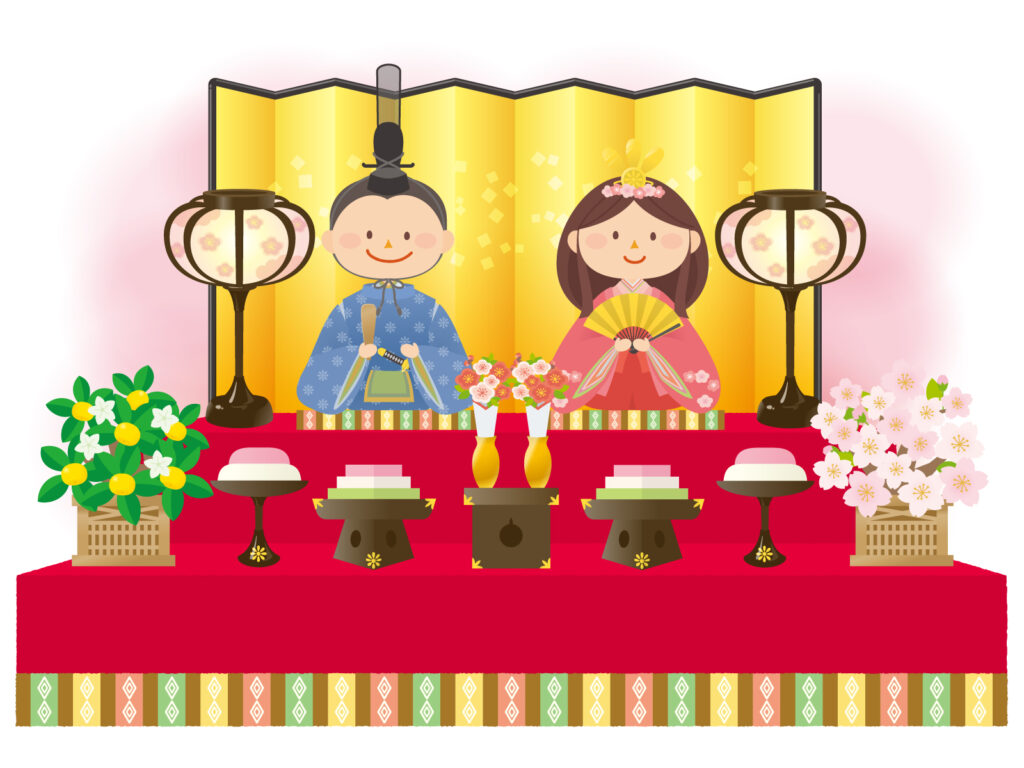
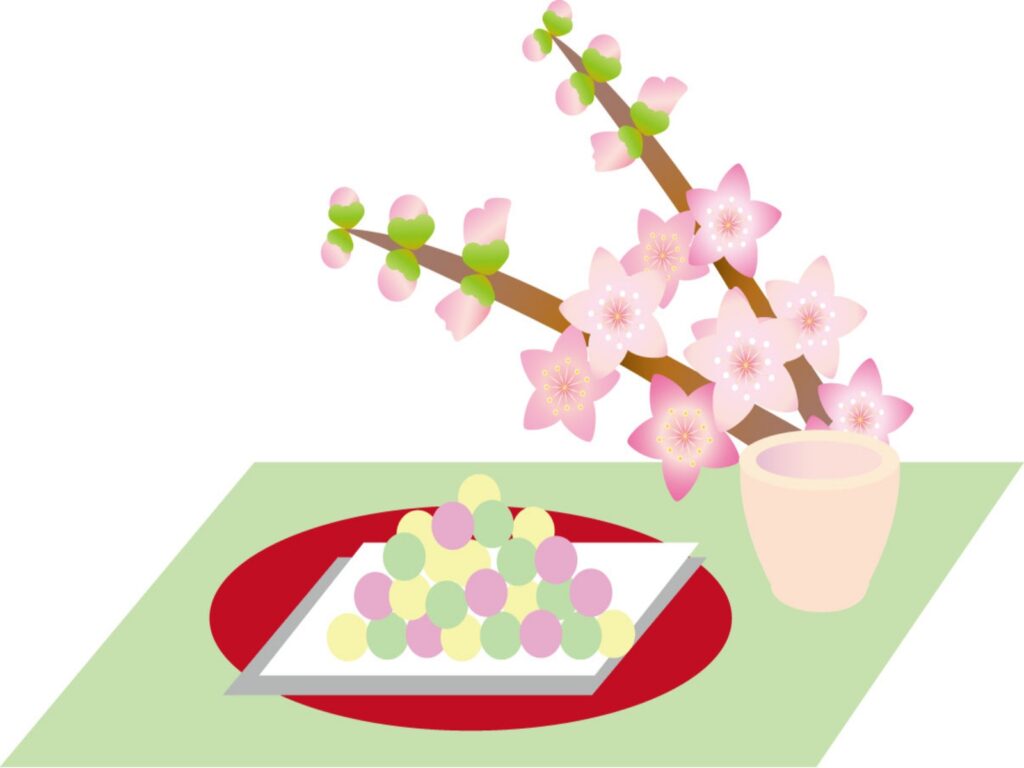
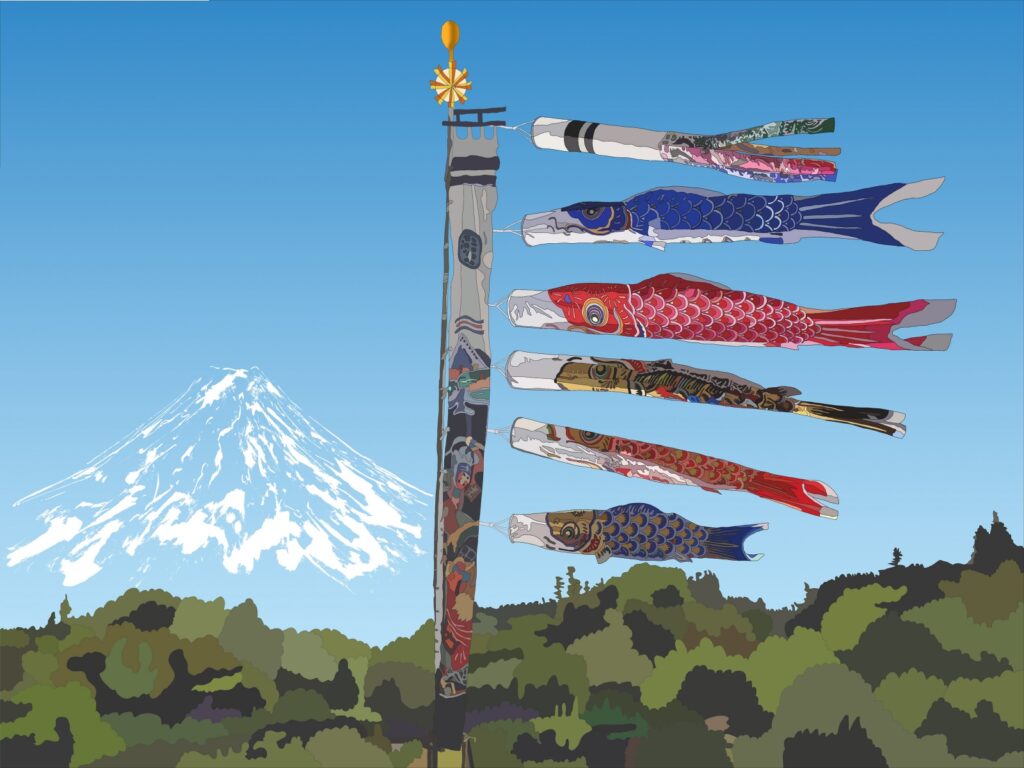

参考資料など
こよみナビゲーター養成講座(2023年開催)
「旧暦読本」岡田芳朗 著
A cyclical calendar originating from agriculture
“Gosekku(5 sekku)’’ was used as a public break.
節句(Sekku) was originally written as “節供(Sekku),’’ and it means making a feast on a special day and offering it to the gods. Afterwards, by sharing the offering with the god, the wish is expressed to receive power (benefit).
*五節句の詳細はこちら/Click here for details on Gosekku
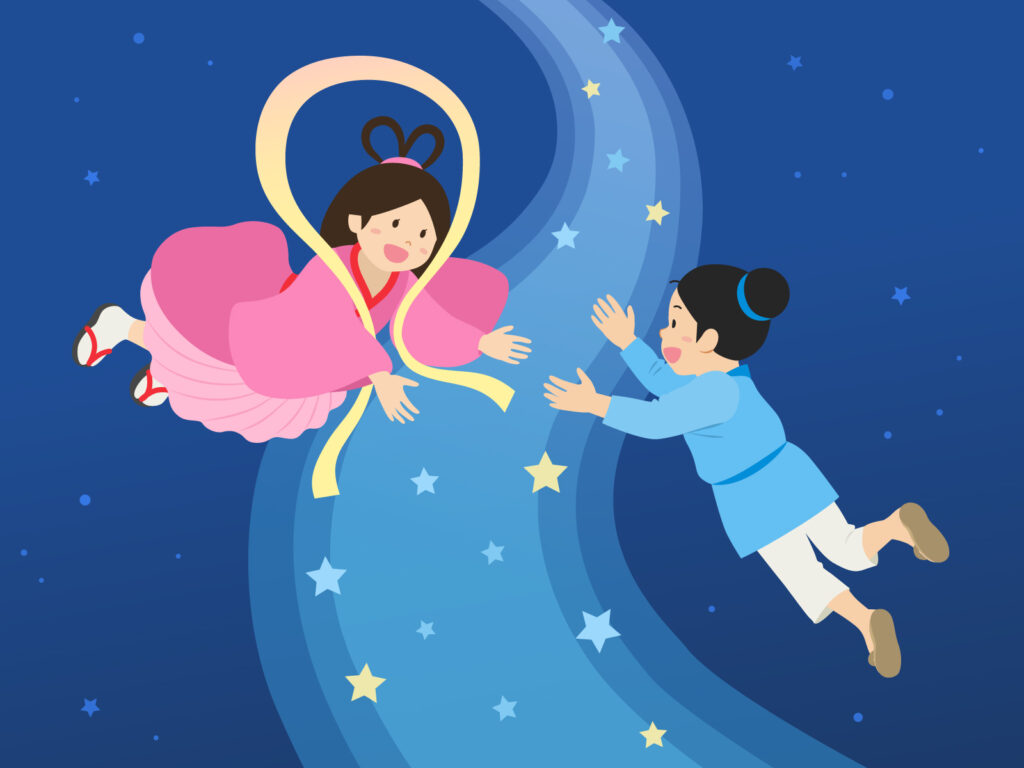

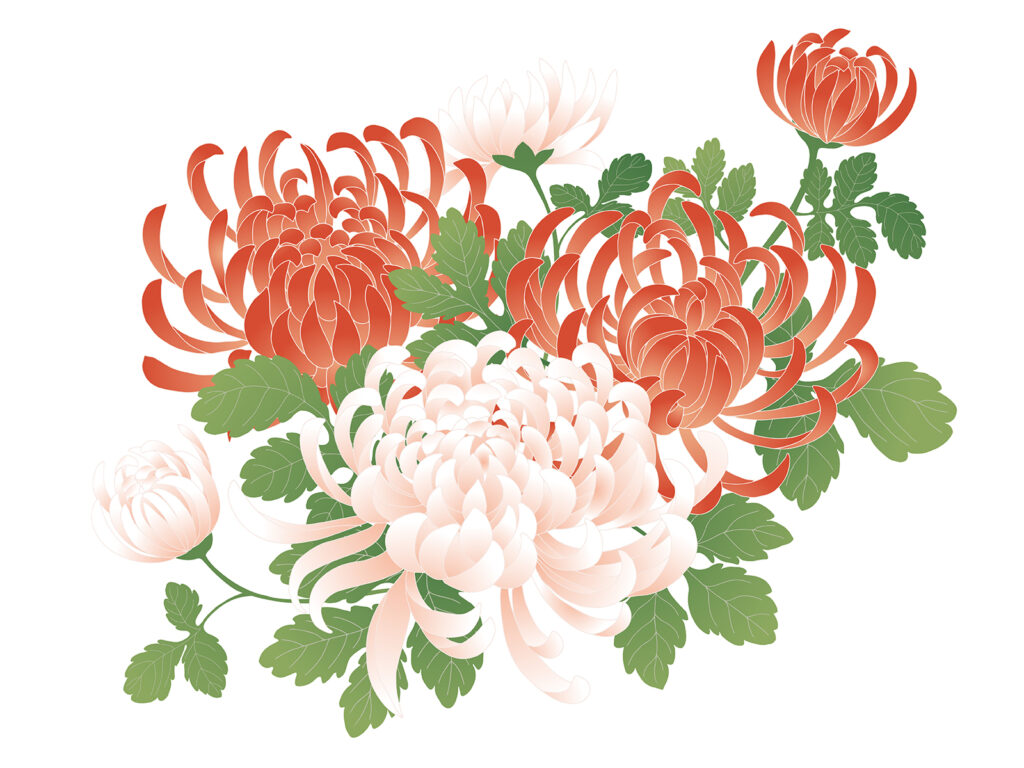
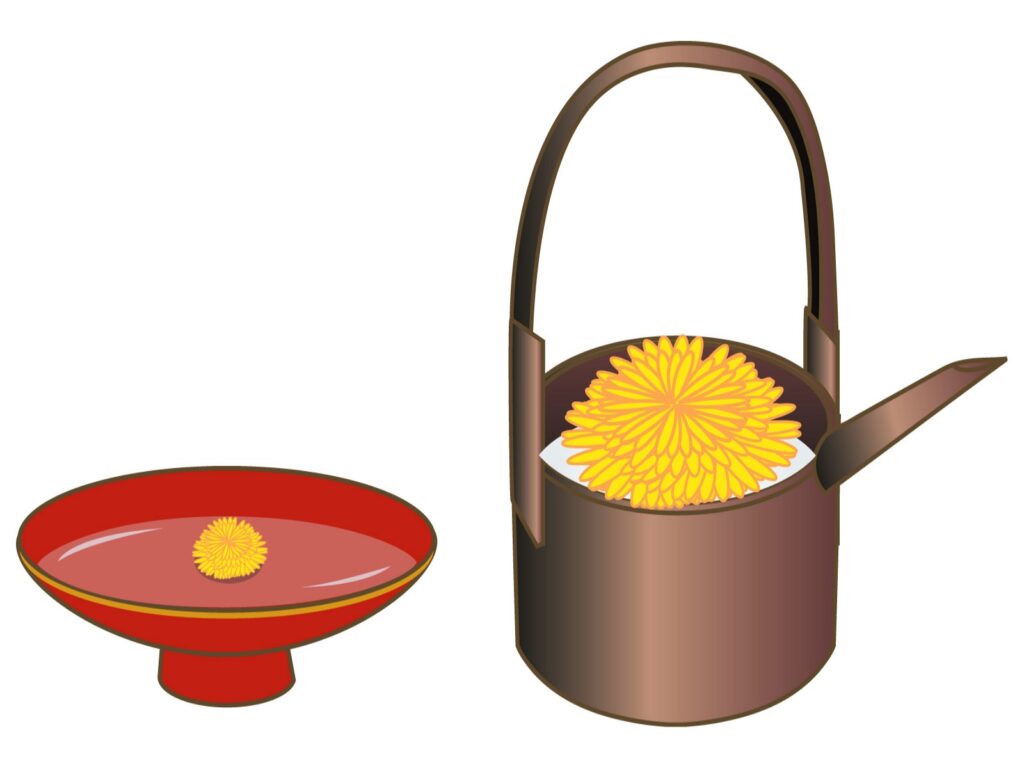
雑節(ざっせつ)/Zassetsu
二十四節気(にじゅうしせっき)を補足する季節の目印
民間での研究・開発が行われたため「仏事」「(地方の)祭事」などが入り混じっている。
説により違いはあるが、ここでは古暦のエネルギーを活用する観点から以下のものを雑節として扱う。
Seasonal landmarks that complement the 24 solar terms
Because research and development was carried out in the private sector, there is a mixture of “Buddhist rituals” and “(local) festivals.’’
Although there are differences depending on the theory, here we will treat the following as Zassetsu from the perspective of utilizing the energy of the ancient calendar.
| 日にち/Date* | 節句(雑節)/Zassetsu | 概略/Outline |
| 1月18日 | 土用(どよう/Doyou) | 冬の土用入り/Winter Doyou begins |
| 2月3日 | 節分(せつぶん/Setsubun) | 立春の前日/The day before Risyun(the first day of spring) |
| 3月17日 | 彼岸(ひがん/Higan) | 春の彼岸の入り/春分の3日前/寒さおさまる The beginning of the spring equinox / 3 days before the vernal equinox / The cold subsides |
| 4月17日 | 土用(どよう/Doyou) | 春の土用入り/Spring Doyou begins |
| 5月1日 | 八十八夜(はちじゅうはちや/Hachijyu-Hachi-ya) | 立春から数えて88日目/種まきの時 88th day counting from Risyun(the first day of spring)/It’s time to sow seeds |
| 6月10日 | 入梅(にゅうばい/Nyubai) | 梅雨に入る最初の日 /The first day of the rainy season |
| 7月1日 | 半夏生(はんげしょう/Hangesyou) | 夏至から数えて11日目/梅雨が明けるころ 11th day from Gesh i(the summer solstice)/It’s around the end of the rainy season |
| 7月19日 | 土用(どよう/Doyou) | 夏の土用入り/Summer Doyou begins |
| 8月31日 | 二百十日(にひゃくとおか/Nihyaku-to-ka) | 立春から数えて210日目/台風に注意 210th day since Risyun (the first day of spring) /Be careful of typhoons |
| 彼岸(ひがん/Higan) | 秋の彼岸の入り/秋分の3日前/暑さおさまる The onset of the autumn equinox / 3 days before the autumnal equinox / The heat subsides | |
| 10月20日 | 土用(どよう/Doyou) | 秋の土用入り/Autumn Doyou begins |
*The dates are approximate (varies depending on the year)
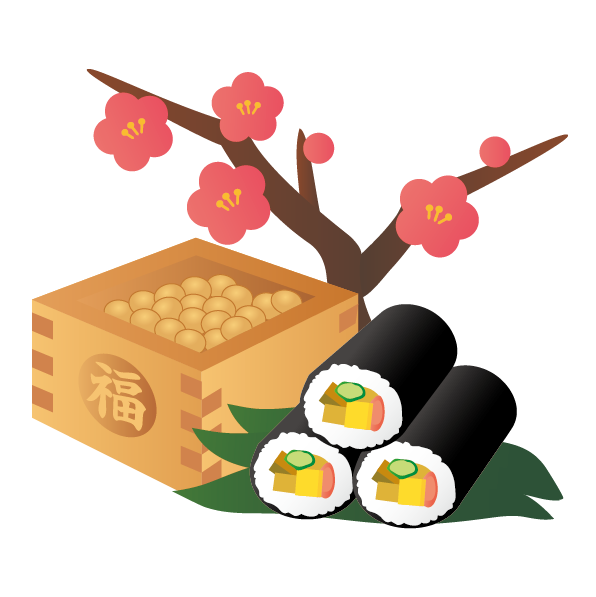
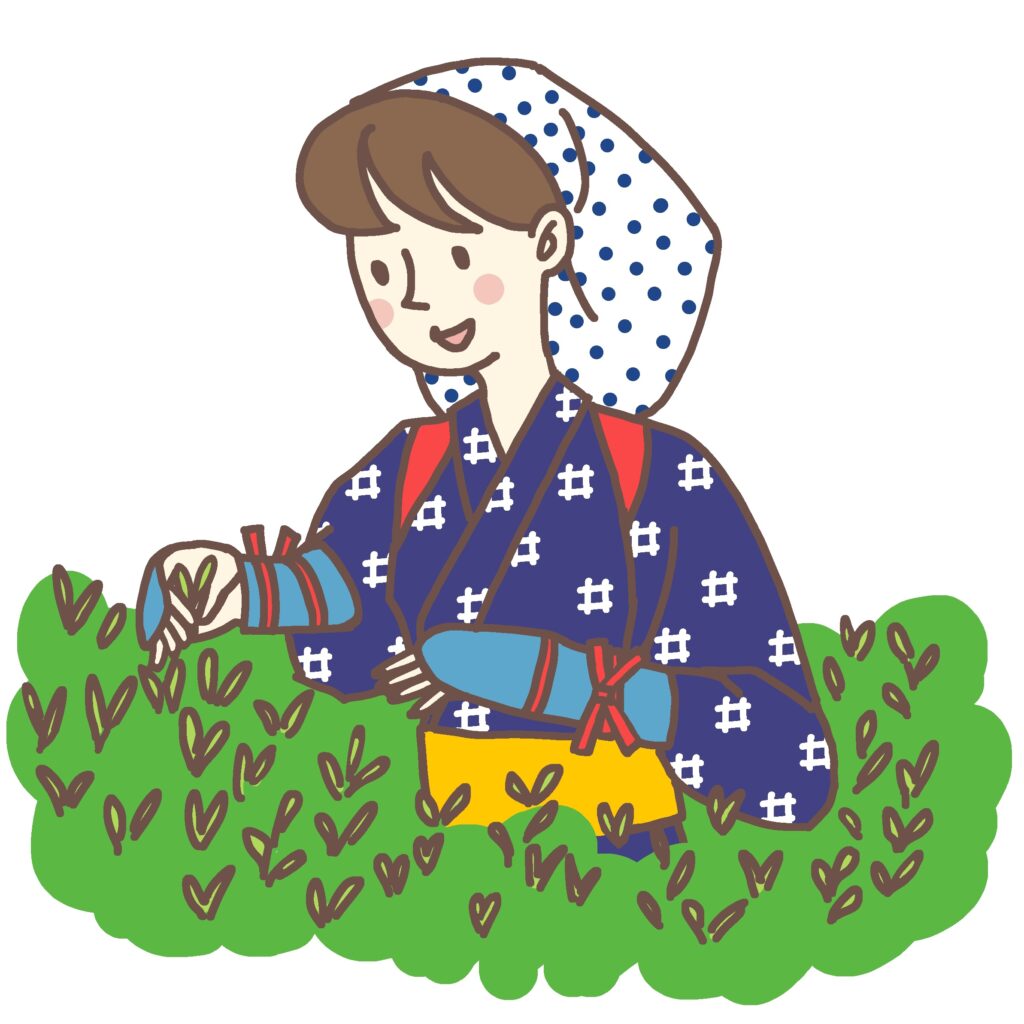
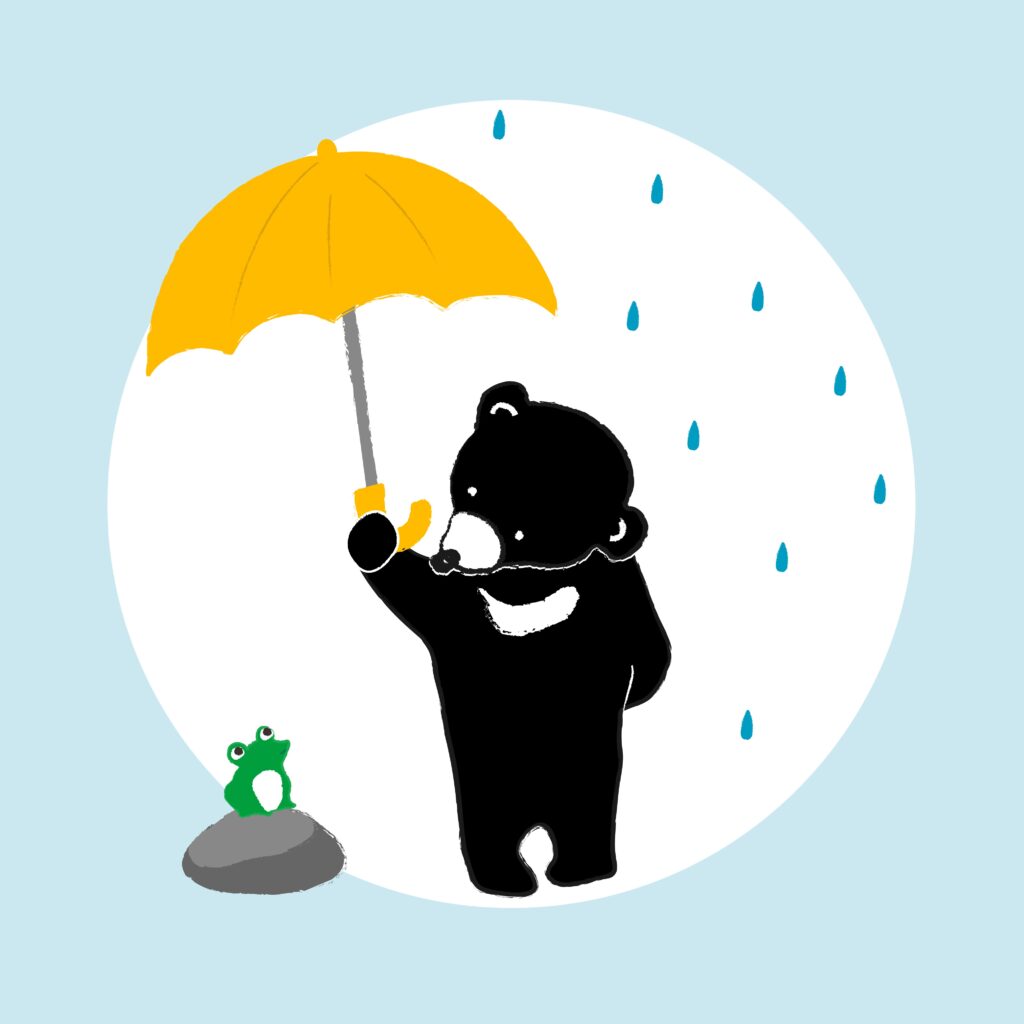
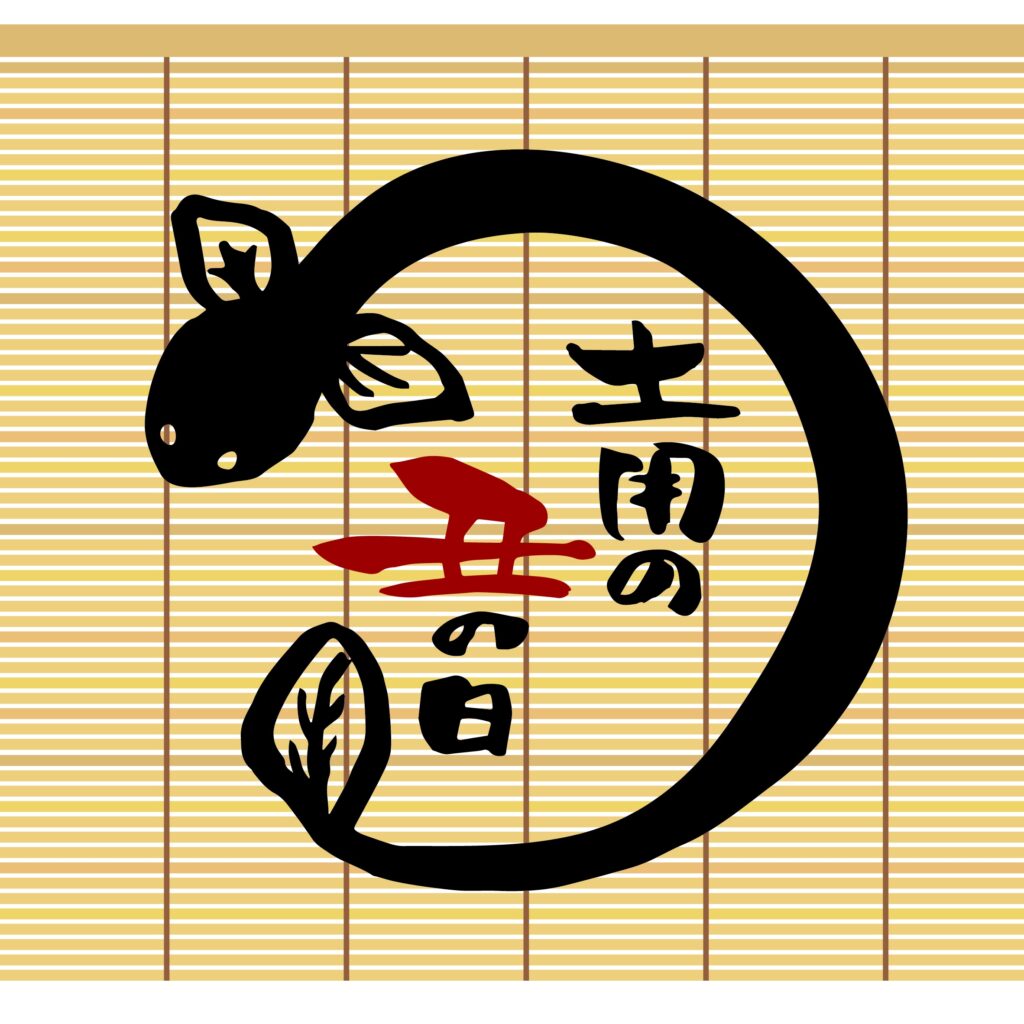

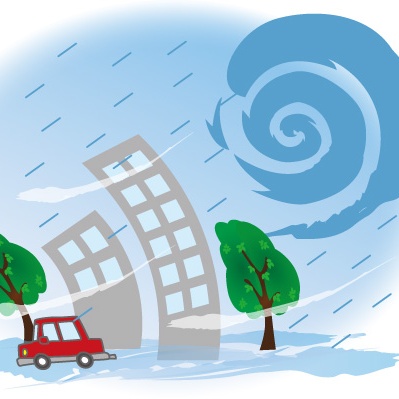
*雑節それぞれの詳細はこちら/Click here for details on each category.
参考資料など
こよみナビゲーター養成講座(2023年開催)
「旧暦読本」岡田芳朗 著
